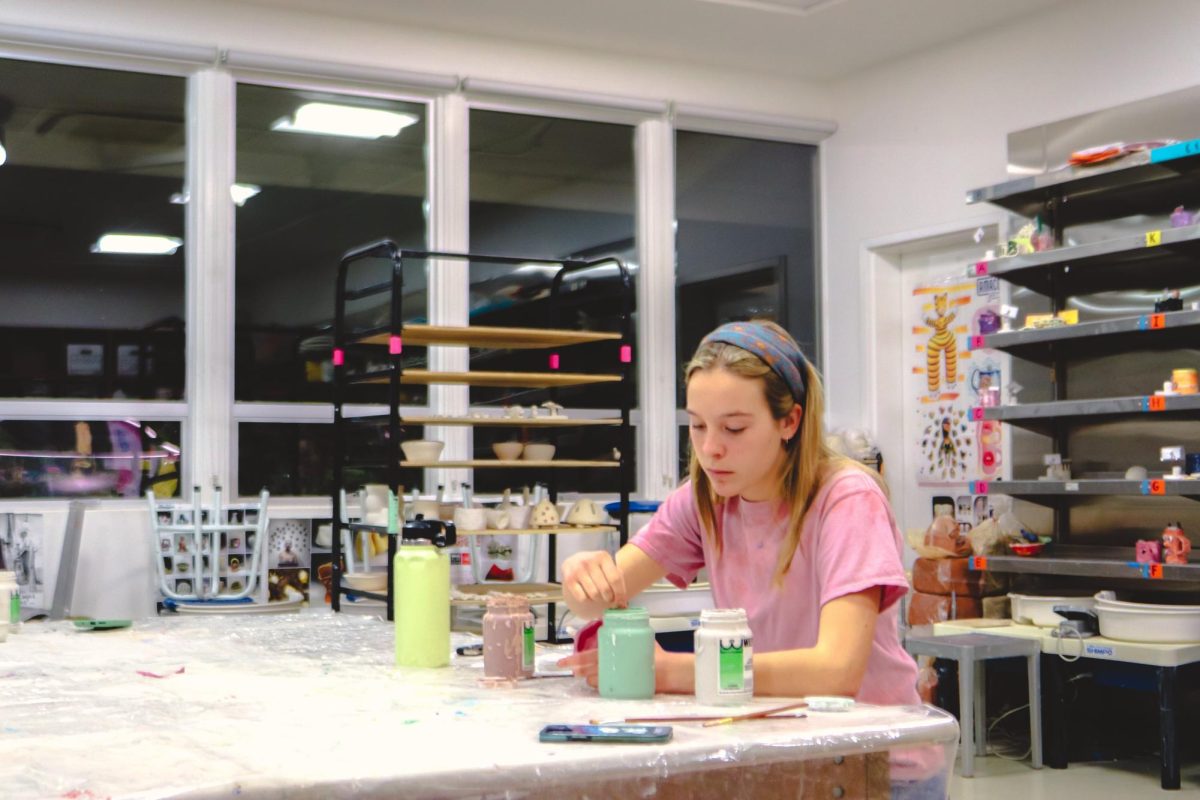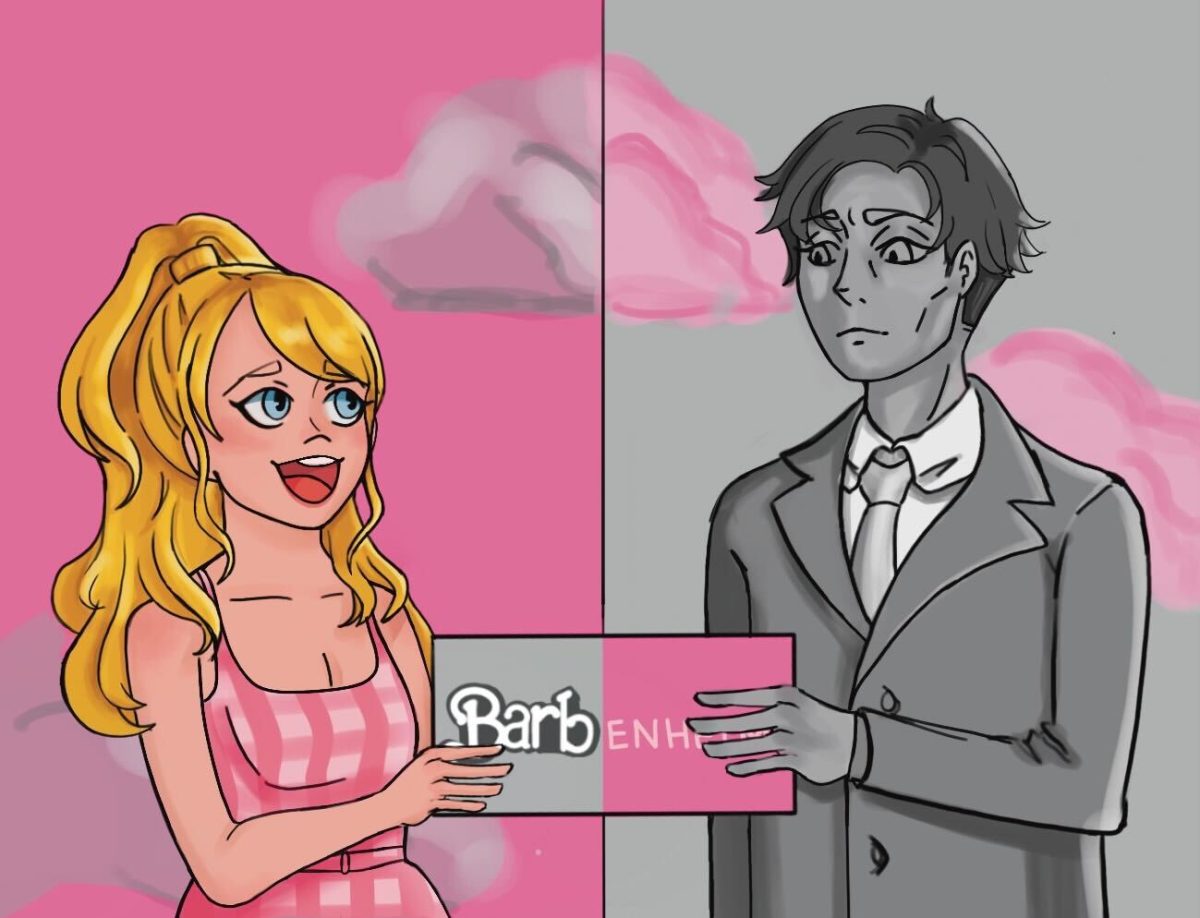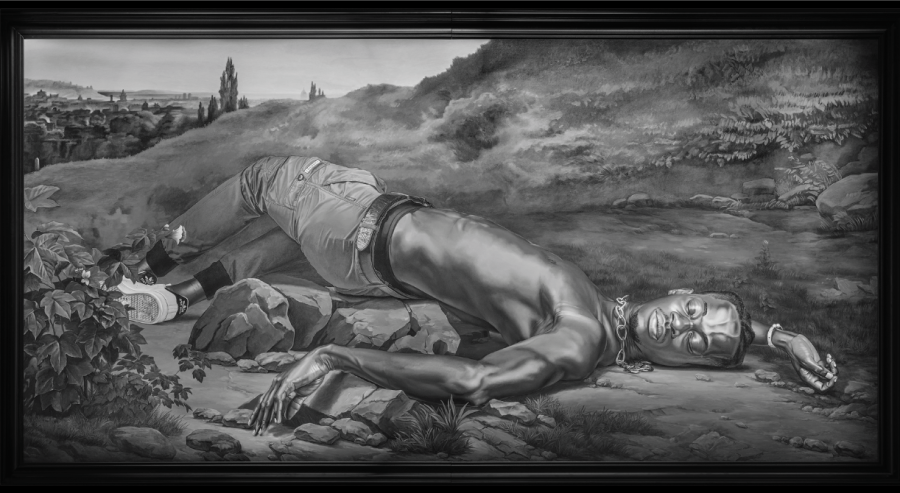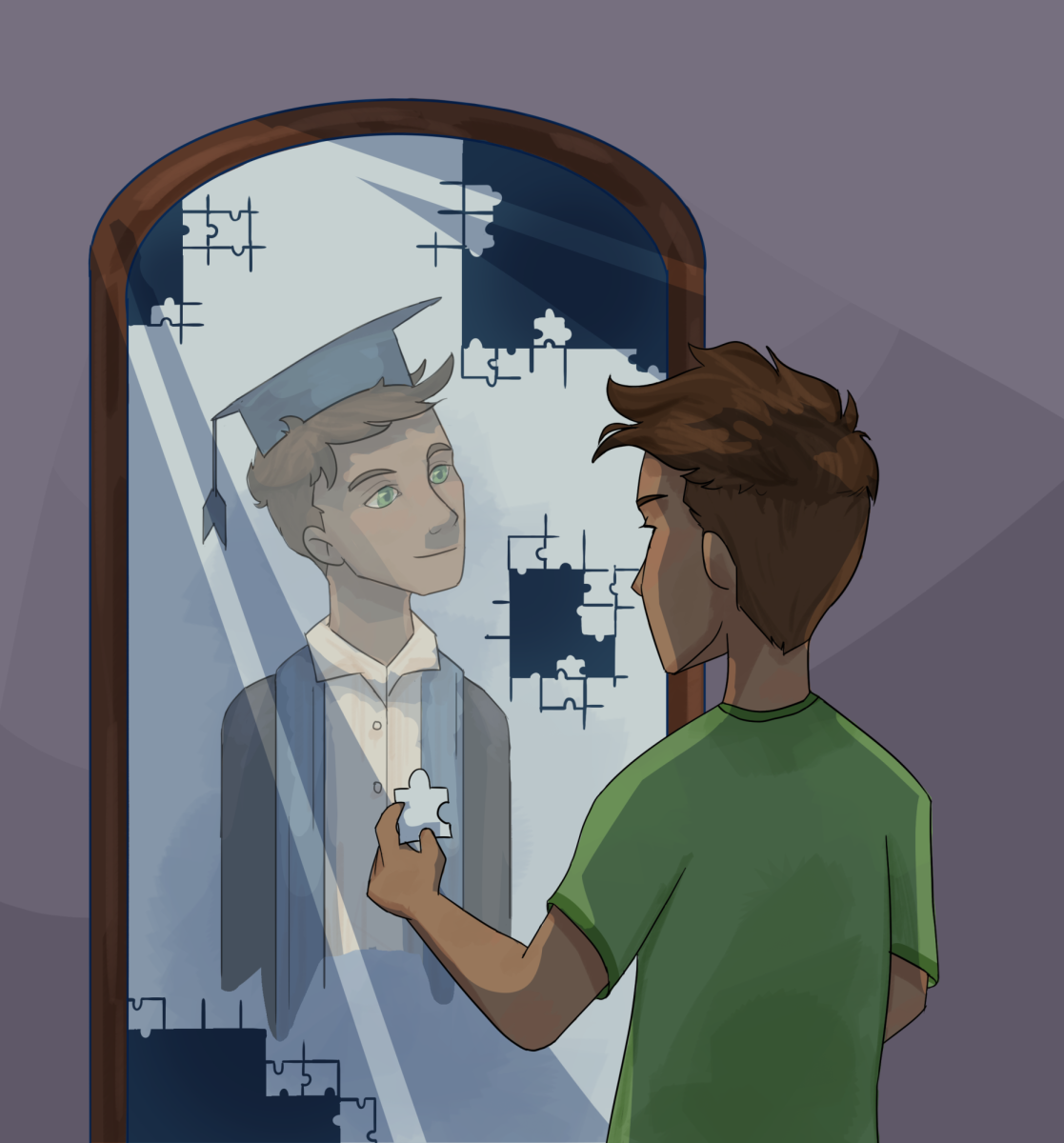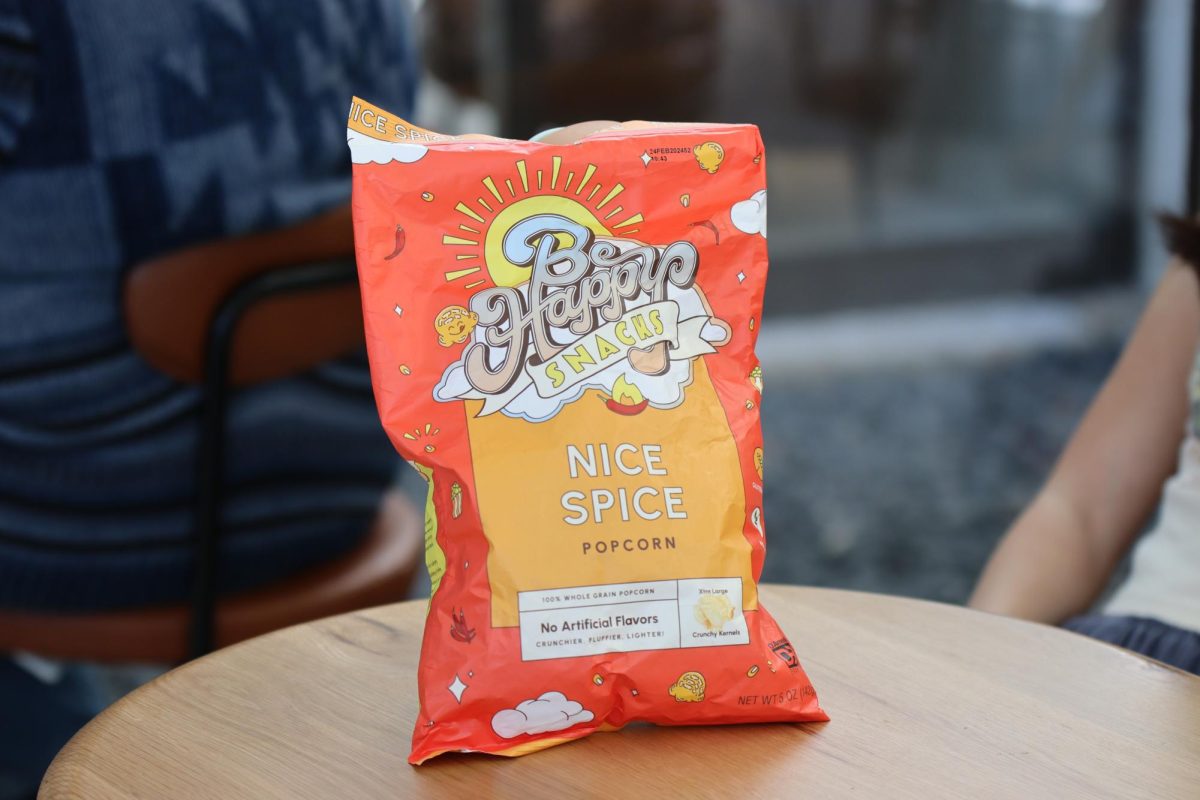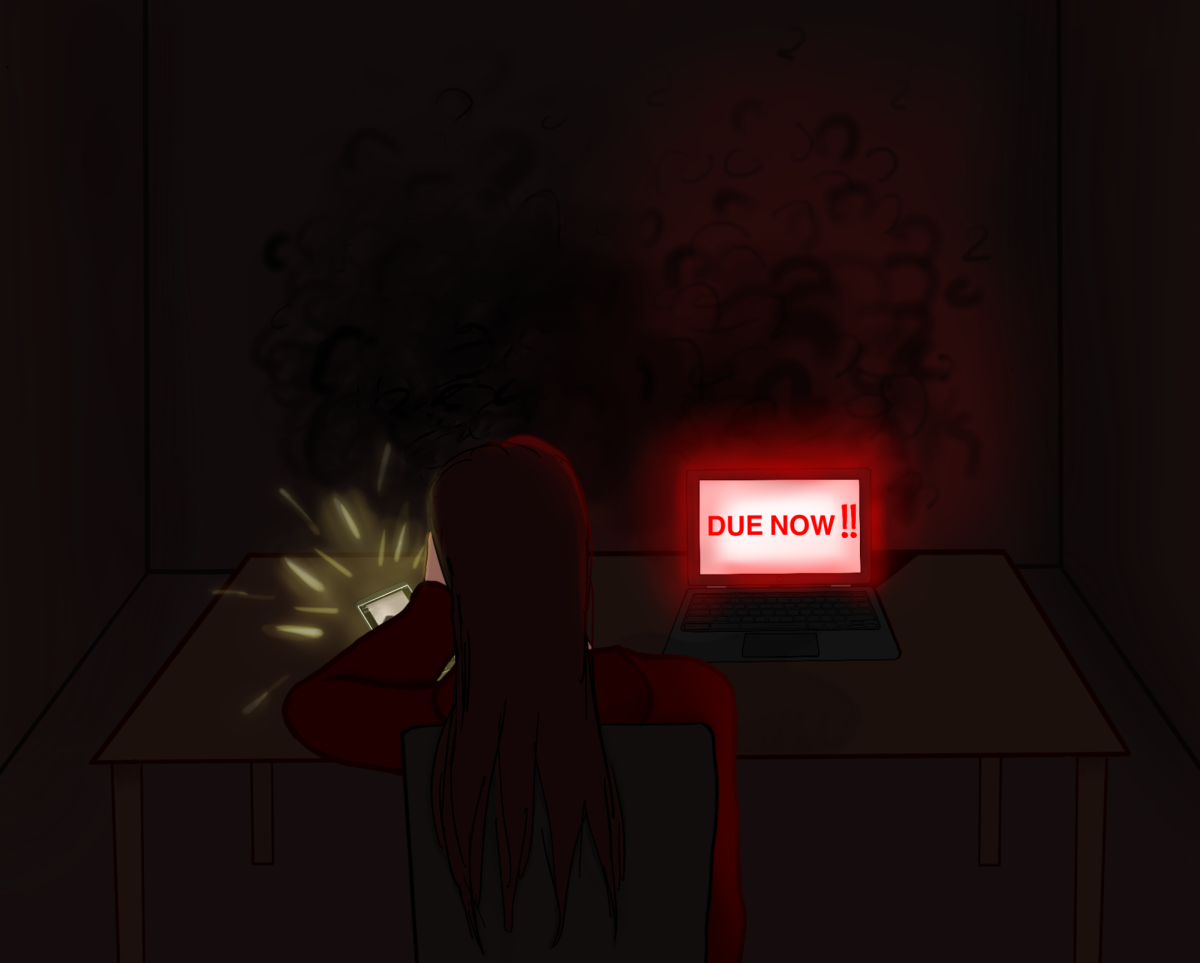For many years, a common stereotype in popular culture has been that Hollywood is “obsessed with itself,” meaning the entertainment industry has favored movies, shows or music about Hollywood and the entertainers themselves. For example, one of the most critically acclaimed films of the last two decades, “Mulholland Drive,” is a mystery about the film industry in Los Angeles, and the 2016 Best Film nominee “La La Land” chronicled the rises of an acting star and jazz pianist.
Less discussed but equally important is the way this love of self-referential art has created a cycle of reboots and sequels, drowning out fresh ideas and original content. According to Stephen Follows, a data researcher in the film industry, from 2005-14, only 40 percent of the top earning movies were not a sequel, reboot or other such continuation of older work.
Since 2000, 279 different movie reboots have been released, from “War of the Worlds” to “Total Recall.”
The changes made from the original often vary, so measurements like these statistics should be taken with a grain of salt. For example, 2001’s release of “Ocean’s Eleven” is almost universally considered better than the 1960 film of the same name, with an 82 percent on Rotten Tomatoes score compared to a 48 percent for the original film. The film is significantly different, with a revamped script, cast and plot, but it still has the same basic concept of a casino heist. Of course, not all reboots are created equal, for there are handfuls of movies that are almost the same film as their original.
Granted, movie reboots are just a small piece in the puzzle that plays into our nostalgia fixation. From music to video games to every form of consumable media imaginable, nostalgia-inspired products make up a sizeable chunk of the market. While there is a ton of quality content that references older pop culture while providing modern updates and interpretations, the fact remains that pop culture seems to unable to escape the past. Turn on the radio, and you’ll find dozens of “Best of the ‘80s” stations, showcasing the music of the past.
This issue is hardly being ignored — in the 2010s “Retromania,” author and music critic Simon Reynolds wrote about “nostalgia culture,” saying that our society’s obsession with its own past has stalled originality and creativity. This also encompasses music in our culture. According to Reynolds, the nostalgia the internet provides us has created an environment that is “calcifying” modern music.
With public interest and money so thoroughly invested in art that has already been created, why should any artist feel a need to innovate?
Similar complaints have been lodged about movies, with the low number of original Hollywood scripts every year a critical talking point around awards seasons. Making and marketing a film is an incredibly expensive and risky endeavor especially when it’s an original-scripted film, is not established in the minds of the public.
For any profit-minded studio, reboots are simply the most economically intelligent decision they could make.
Is nostalgia really holding our culture back? While there’s no denying that focusing too much on the past does slow down the development of new and interesting ideas, there are plenty of ways to implement the ideas of the past into modern cultural developments.
Older movies updated to stay relevant or music that incorporates older motifs are both great ways to use the past in a constructive way.
Old jazz or soul samples incorporated into modern electronic and rap music have created entirely new sounds or genres, such as the ethereal, bizarre sounds of vaporwave.
Films like this year’s “Baby Driver,” which riffs off of classics like “Taxi Driver” while incorporating a soundtrack that any nostalgia-fueled music fan would fawn over, are prime examples of the past melding with the present to create something new and different.
Innovation and cultural change can come from the past, no matter how much critics might say otherwise. For as long as popular culture has existed, it has always been taking the best pieces of the past and dragging them into the future to create something entirely new. Culture is nothing without its history.


